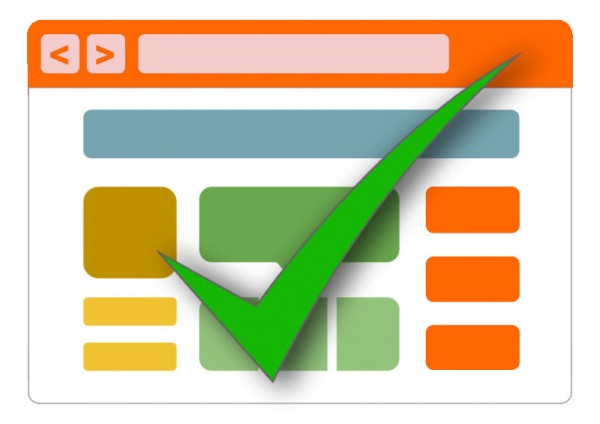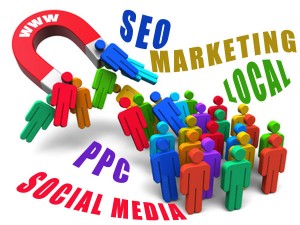Five Ways to Balance Your Website’s SEO and Usability
Using SEO tactics to get customers to your website is great. After all, people need to find your site in order to use it. Companies know this – it’s why many spend significant amounts of time and resources on professional search engine marketing. However, getting people to visit your site is only part of the battle. If the content is weak or poorly written, or the layout is distracting and confusing, what is the point?
It’s easy for a web development consultant to spend so too much time worrying about SEO considerations and not enough thinking about customer usability; this often leads to websites that rank highly with search engines but have low conversion rates when it comes to translating web views into actual sales.
Don’t fall victim to this short-sighted approach to web development services. Instead, utilize these five tricks that will help boost your search engine rankings while also improving the interface and user experience for your customers:
Know Your Customer: There’s no such thing as the “typical” customer. But by doing some market research. you can understand what drives a potential customer in your category to make a purchasing decision. Remember that a website that works for one type of business might not be appropriate for another business.
Make Your Content Have a Point: The content on your website isn’t just there to fill space or serve as filler between optimized keywords. Think about the types of questions that you customers might have and design your text to clearly answer these questions.
Keep Graphics Simple and Clean: It’s easy to try and go overboard with graphics, colors and other design elements with laying out your website. After all, you want your site to be memorable and eye-catching. But in many cases, this means that your website will also be distracting and keep people from finding the links and information they need to make a purchasing decision.
Make Navigation Easy to Follow: One of the main reasons that people leave a website before making a purchase is because of poorly development site navigation. If they can’t easily find a link to the information they need, they’ll likely leave and try out a competitors’ site. Check your website design and make sure that customers can quickly get to the pages that lead to sales.
Track and Change: The work isn’t done when your website goes live. You need to track visitors, clickthrough rates and sales to determine what does and doesn’t work and make changes quickly if necessary.
 Posted on August 1, 2013
Posted on August 1, 2013
 Posted on June 27, 2013
Posted on June 27, 2013

 Posted on June 17, 2013
Posted on June 17, 2013
 Posted on May 20, 2013
Posted on May 20, 2013
 Posted on May 9, 2013
Posted on May 9, 2013
 Posted on May 7, 2013
Posted on May 7, 2013
 Posted on April 15, 2013
Posted on April 15, 2013